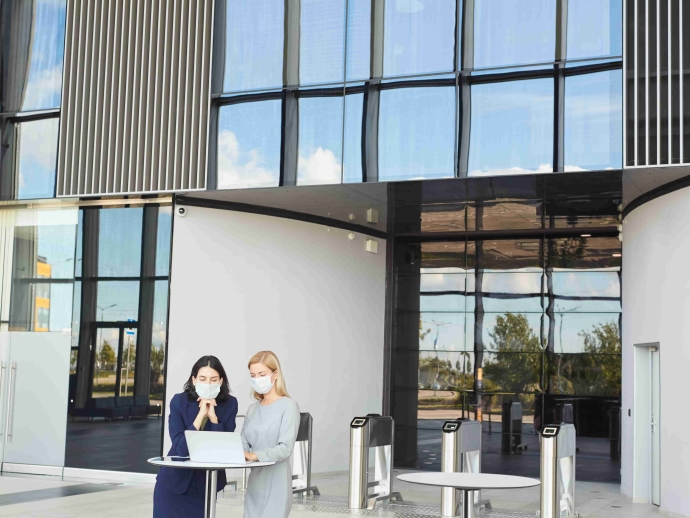Commercial Building Envelope Testing: A Guide to Modern Air Sealing Technologies

Ensuring the integrity of a commercial building's envelope is crucial for maintaining energy efficiency, preventing water intrusion, and enhancing overall structural durability. Building envelope testing involves evaluating the exterior walls, windows, doors, and roof to identify any air, water, or thermal leaks. In this guide, we'll explore modern air sealing technologies and their role in commercial building envelope testing.
Importance of Building Envelope Testing
Building envelope testing is essential for several reasons:
-
Energy Efficiency: Identifying and sealing air leaks helps reduce heat loss in winter and heat gain in summer, leading to significant energy savings and lower utility bills.
-
Water Intrusion Prevention: Water leaks can cause structural damage and promote mold growth. Testing ensures that the building envelope is watertight, protecting the interior from moisture.
-
Structural Integrity: By preventing air and water leaks, you safeguard the building's structural components from decay and damage.
Modern Air Sealing Technologies
Modern air sealing technologies have evolved to provide more accurate and efficient testing methods:
-
Blower Door Tests: This method involves mounting a fan into a doorway to pressurize or depressurize the building. It helps measure air leakage rates and identify areas where air is escaping or entering the building.
-
Thermography: Thermal imaging cameras detect temperature differences across the building envelope, highlighting areas of heat loss or gain. This method is particularly useful for identifying hidden leaks and thermal bridging.
-
Calibrated Door Fans and Sensors: These tools are used to measure air leakage rates precisely, often in conjunction with ASTM standards like E779 and E1827.
Testing Standards and Protocols
Several standards guide building envelope testing:
-
ASTM E779 and E1827: These standards are commonly used for air leakage testing, providing guidelines for measuring air tightness in buildings.
-
ASTM E1105 and AAMA 501.2: These standards apply to water intrusion testing, ensuring that windows, doors, and other components can withstand weather conditions.
Implementation and Benefits
Implementing modern air sealing technologies in commercial building envelope testing offers several benefits:
-
Cost Savings: By reducing energy consumption and preventing water damage, businesses can save on utility bills and repair costs.
-
Enhanced Durability: A well-sealed building envelope extends the lifespan of the structure by protecting it from environmental stressors.
-
Improved Indoor Air Quality: Reducing air leaks helps maintain a healthier indoor environment by minimizing the entry of pollutants and allergens.
Conclusion
Incorporating modern air sealing technologies into your commercial building envelope testing strategy is crucial for ensuring energy efficiency, structural integrity, and overall building performance. By understanding and applying these technologies effectively, you can create a more sustainable and resilient building environment. Whether you're constructing a new building or maintaining an existing one, investing in thorough envelope testing will yield long-term benefits for both your business and the environment.

